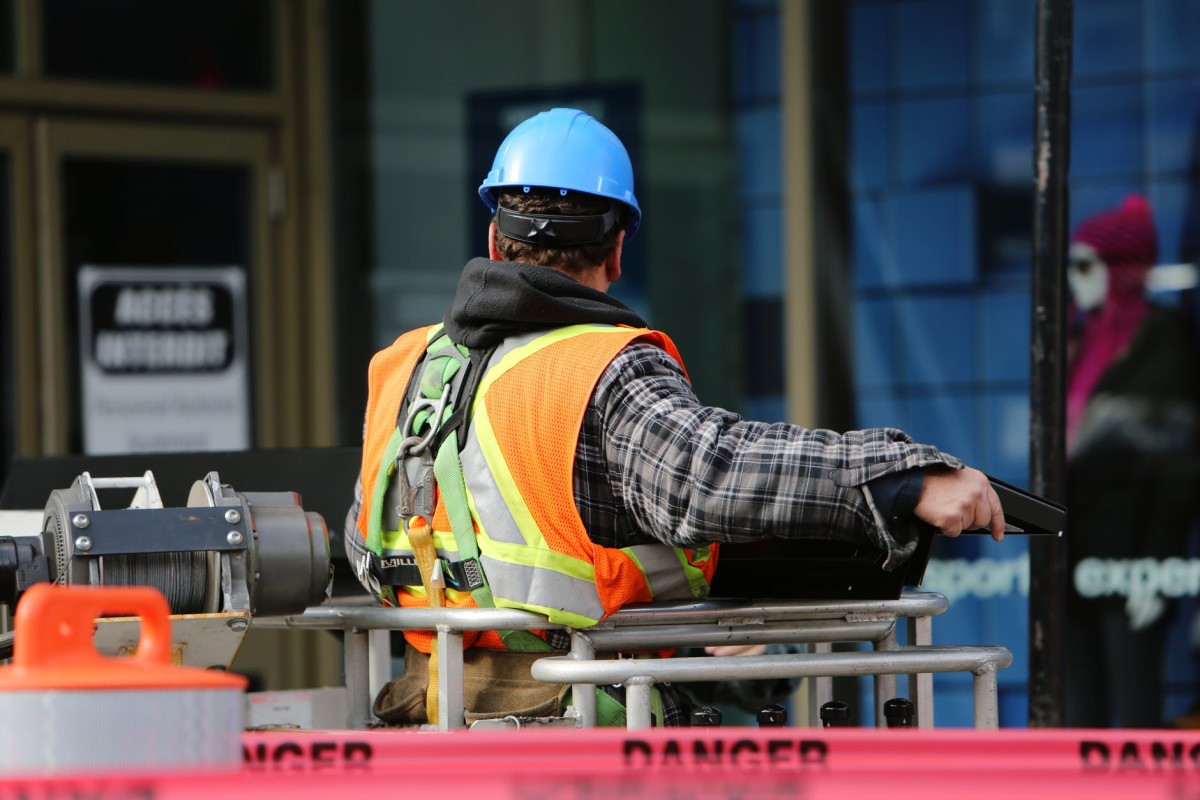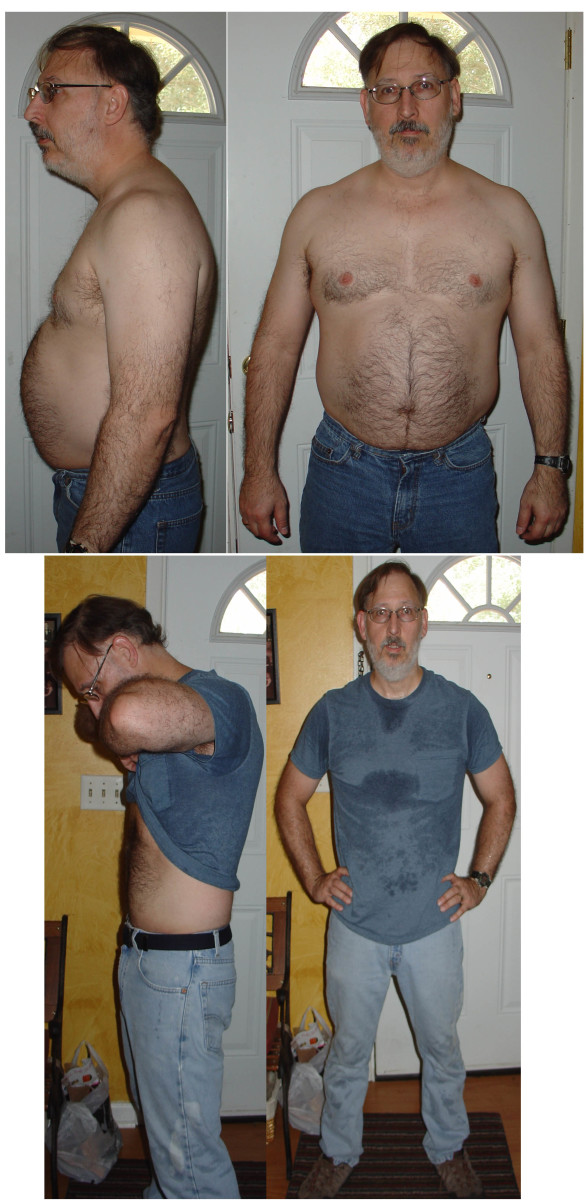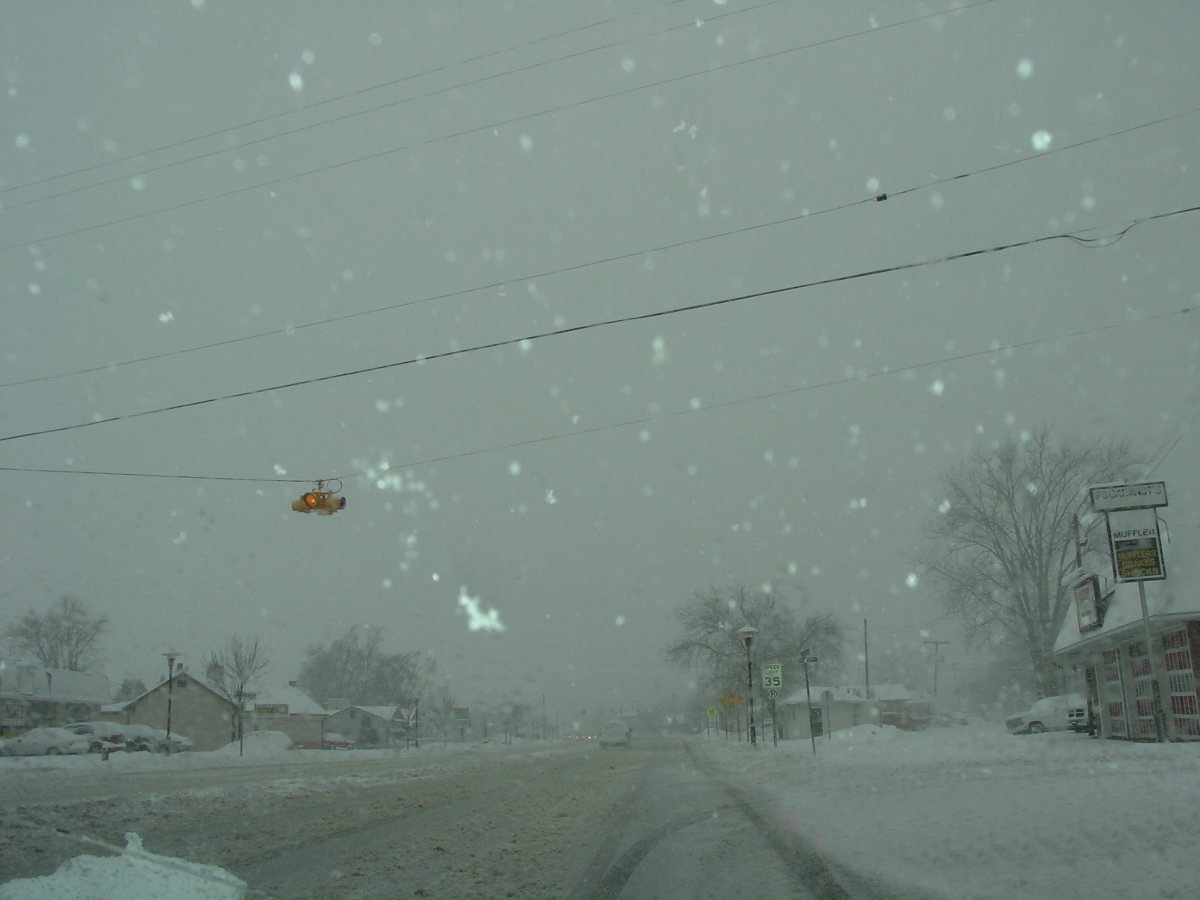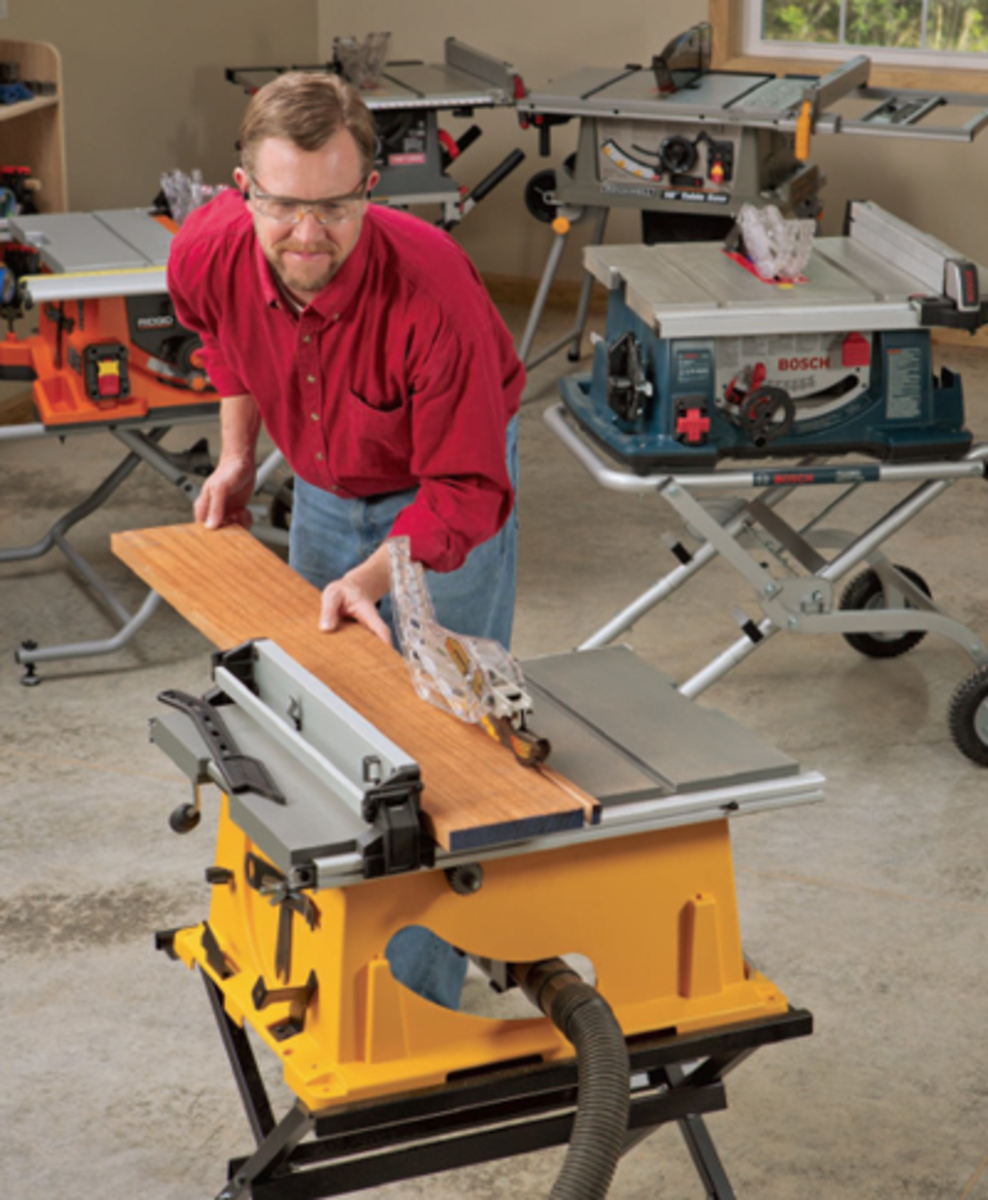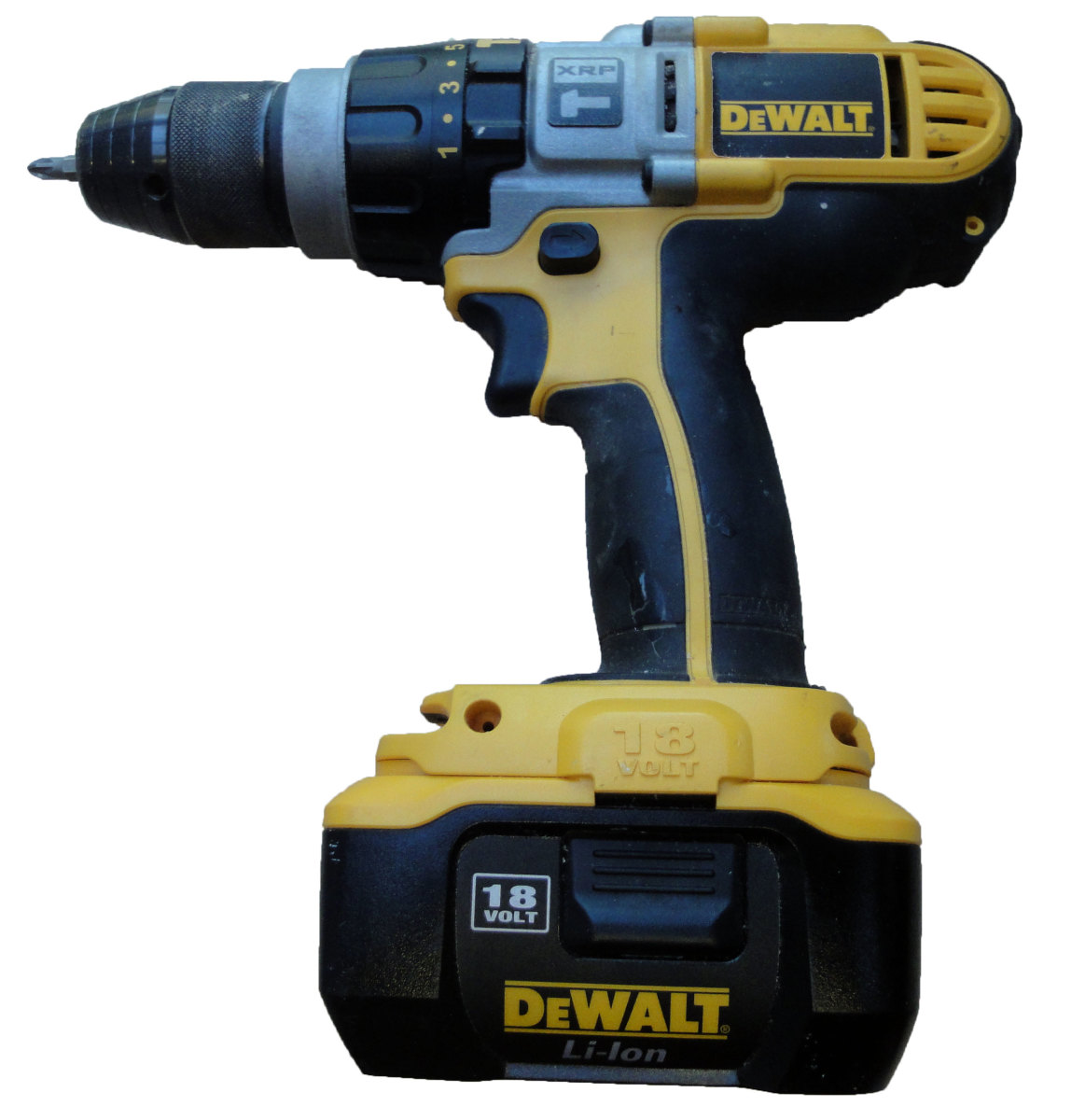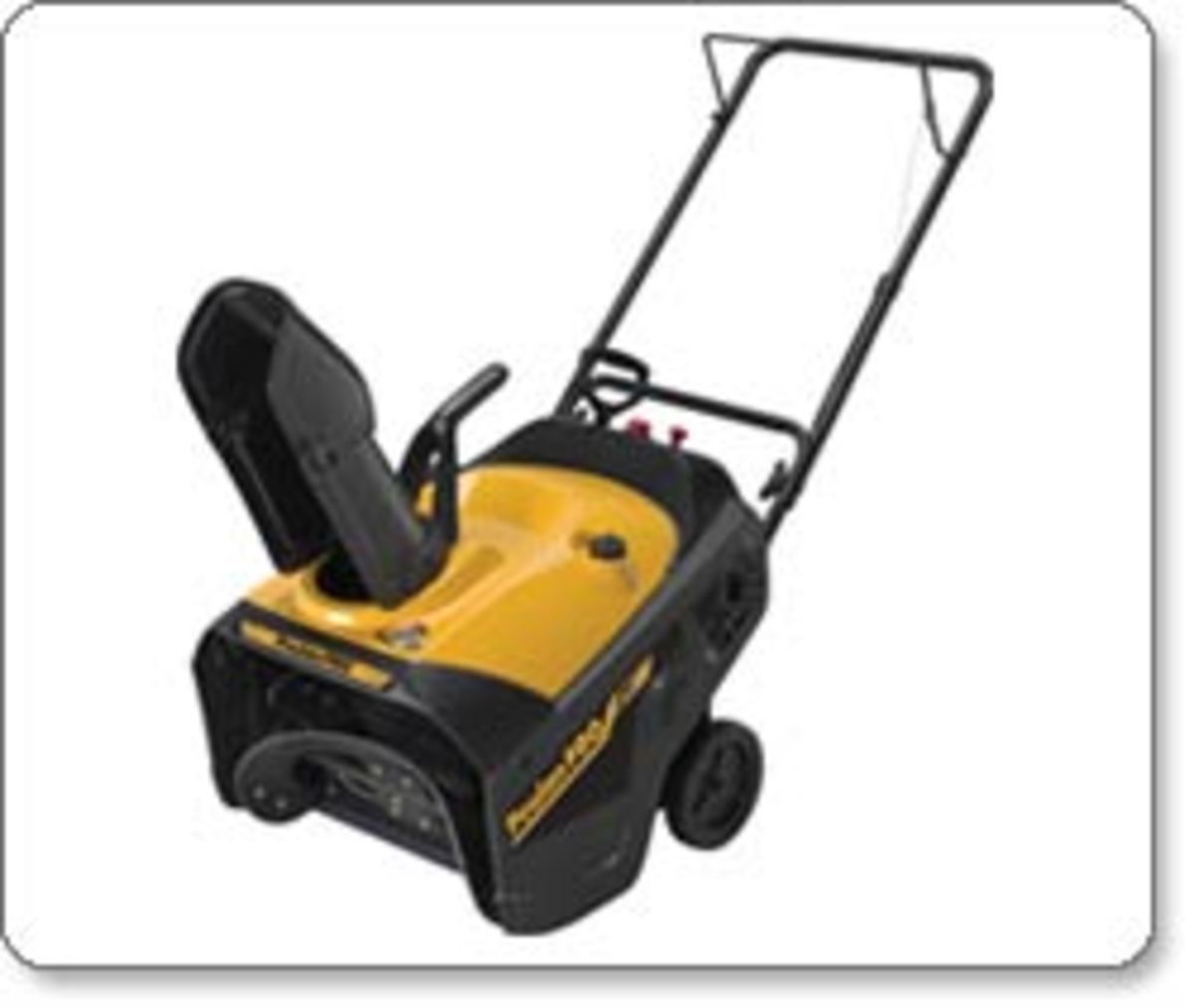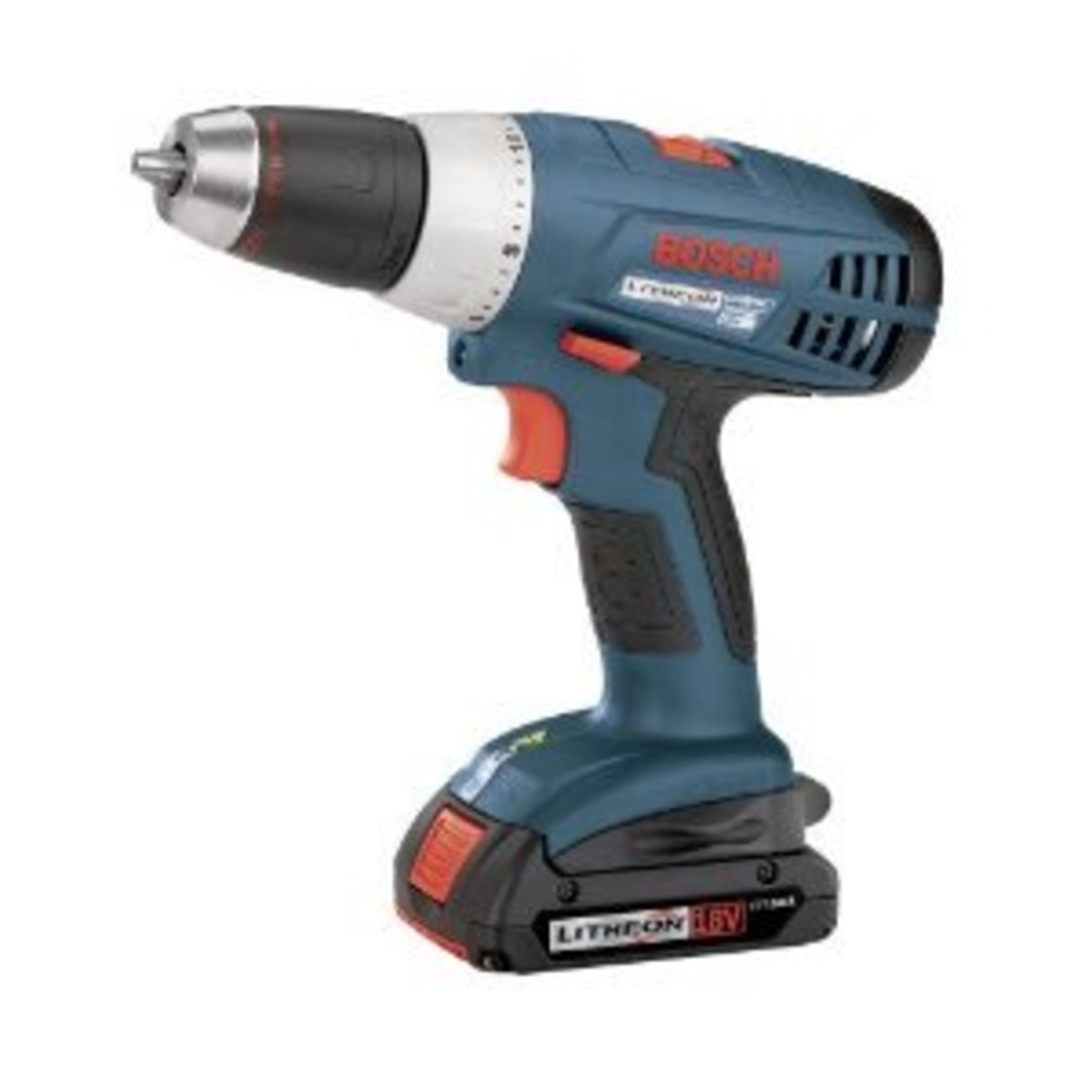Tips for Using a Hand Grinder Safely
Hand Grinder
Hand grinders are being used more frequently in various industries, typically fabrication, mechanical, contracting, masonry, and welding, and if you don't use the tool properly, it can and will cause you or someone around you injury. By following the basic tips that will be outlayed below, you should be able to successfully use a hand grinder without complications and accidental injury.
Just remember to be very careful, and to make sure that no matter what you're using the hand grinder for- cutting, grinding, or polishing- that you are careful. Safety should always be first and foremost on the priority list. Accidents can happen, and you can prevent the accidents by maximizing your safety.
To ensure safety and minimize your risk of getting hurt or hurting someone else, make sure that you know the grinder and the parts to it. Each part has its own safety tips that you should follow.
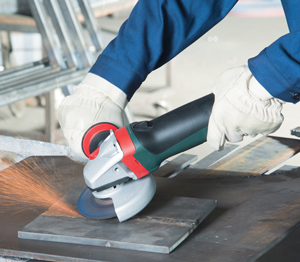
The Wheel
Starting with the wheel, you want to realize that generally they are going to be resin-bonded. The wheels are not immune to being scratched, chipped, or broken. If the wheel is damaged, you need to trash it and start using a new one. By using a broken grinder wheel, you can cause injury to someone.
- Never grind with a wheel that is designed for cutting.
- Inspect the wheel before each use to make sure that it isn't damaged. If the wheel is nicked, scratched, etc. don't use it, and when it doubt, don't use it.
- Mount new wheels to run at full no-load speed (with the guard in place) for at least one minute before you use it to grind or cut.
- Never exceed the max RPM rating for that particular wheel. (Typical 4.5 inch wheels should not exceed 9000 RPM.)
- Make sure that the wheel is properly mounted to proper mounting flanges and that the outer mounting flange nut is not over tightened.
- Do not force the wheel onto the grinder. Always use appropriately sized wheels.
- Do not grind using the side of the wheel.
- Never jam the when in order to make it work.
The Grinder
- Make sure to use the proper wheel guard. Never using the grinder without the guard, and always make sure that the guard is properly adjusted so that the least amount of wheel is exposed to the user.
- Never use a grinder you don't know the RPM.
- Never use a grinder if the wheel is larger than what the grinder was designed for. (Don't use 7" wheels on a 6" grinder)
- Don't use the grinder if it doesn't have a side handle. You want to be able to use both hands. It's near impossible to control the grinder with just one hand.
- Make sure the power cord is clear of the wheel.
- Never put the grinder down until the wheel has completely stopped.
- Make sure that the on/off switch works properly; if it doesn't, don't use the grinder until you can get it fixed.
- Make sure that the grinder is unplugged before you mount it or remove the wheel.
- Make sure that you are familiar with the instruction manual before you use it.
User Safety Operating a Hand Grinder
- You want to make sure that you are wearing proper gloves, safety glasses or a face shield, hearing protection, dust mask, and any other appropriate gear to prevent abrasive materials from flying off and causing injury. The dust mask is important, especially if you have allergies or asthma.
- Do not wear loose fitted clothes or jewelry, and if you have long hair, keep it away from moving parts of the grinder.
- Don't reach too far. If you can't fully reach what you're trying to get to, you want to move or reposition yourself. You want to make sure that you always have proper footing and balance.
- Make sure that you are to the side of the grinder opposite of the wheel and wheel guard, and have all others and bystanders at a safe distance from the work area.
- Keep a firm grip on the grinder and make sure that you are ready to resist any kickback.
- Only use accessories designed for the grinder that you're using. Never mix accessories.
- Don't have the grinder running while you're carrying it. Shut if off if you have to move or reposition.
- Make sure not to work in rain or wet conditions. When wet, you increase potential risk of electric shock.
- Never use the power cord to pull or carry an unplugged tool. The power cord is used for one thing, and that is to supply power to the hand grinder.
The safety tips may seem simple, but you won't believe what you may see when using a grinder. Some people just don't think, and you want to make sure that the user and everyone around is kept safe from small particles flying off the object, from any flying sparks, or anything else that may be associated with using the grinder. You can not expect all potential problems or accidents. So just try to be prepared as best as you can.
Use common sense when it comes to using and working with power tools.


